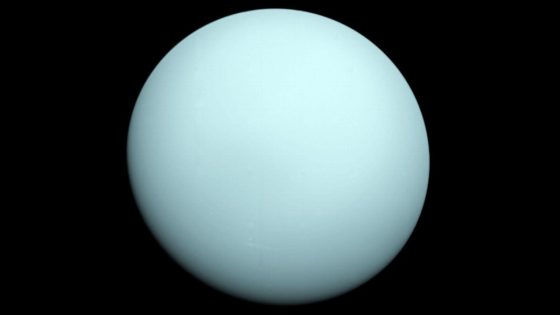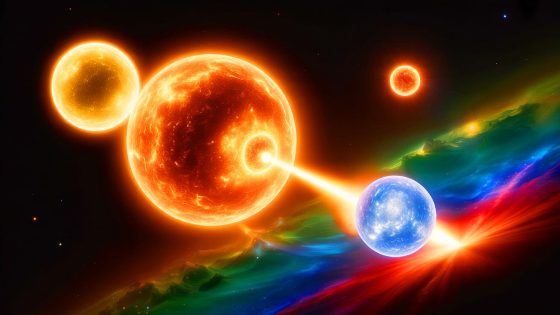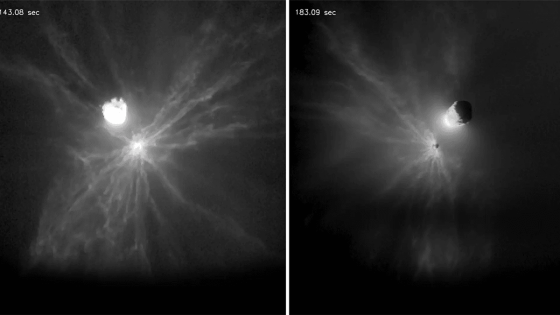Recent research has reshaped our understanding of Uranus, the icy giant of our solar system. For decades, scientists believed that Uranus emitted less internal heat than its siblings, Jupiter, Saturn, and Neptune. However, a study published on July 16, 2025, in Geophysical Research Letters reveals that Uranus actually generates 12.5% more heat than it absorbs from the Sun, challenging previous assumptions.
- Voyager 2 detected low internal heat from Uranus.
- New study shows Uranus emits 12.5% more heat.
- Uranus's heat is lower than other giant planets.
- Seasonal changes affect Uranus's energy balance.
- Future NASA missions are recommended for Uranus.
- Findings enhance understanding of planetary atmospheres.
This new insight into Uranus’s internal heat suggests it may not be as unique as once thought. The researchers analyzed decades of data on the planet’s energy balance, revealing significant seasonal variations influenced by its 84-year orbit around the Sun. This finding aligns with earlier studies, indicating that Uranus’s heat dynamics warrant further exploration.
What does this mean for our understanding of giant planets? The study raises intriguing questions about Uranus’s formation and evolution. Key points include:
- Uranus may have a different interior structure compared to other gas giants.
- Seasonal changes significantly impact the planet’s energy levels.
- The findings could inform theories on planetary atmospheres and climate systems.
As we push the boundaries of space exploration, future NASA missions to Uranus could unveil even more secrets about this enigmatic planet, enriching our understanding of the solar system.

































